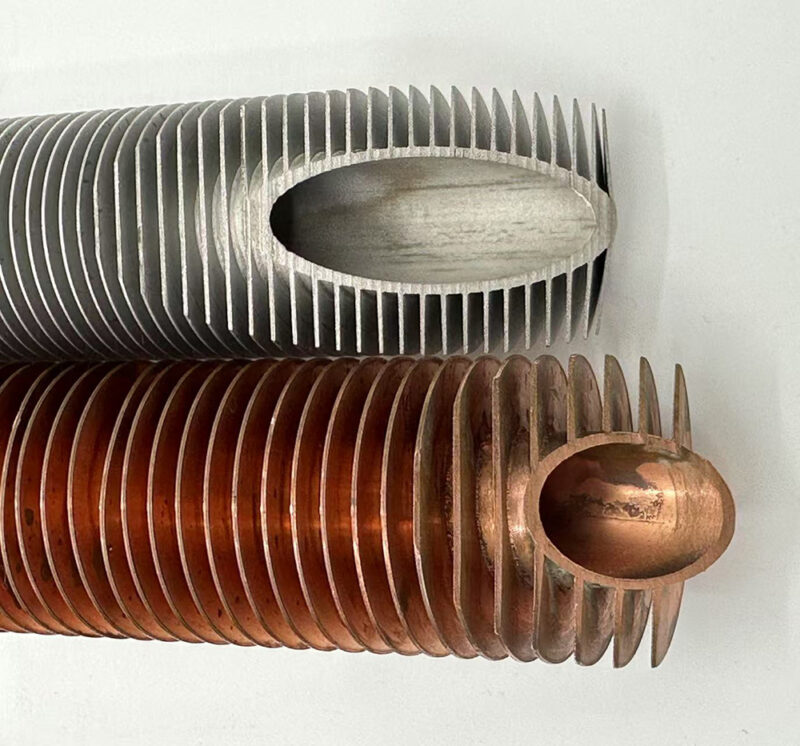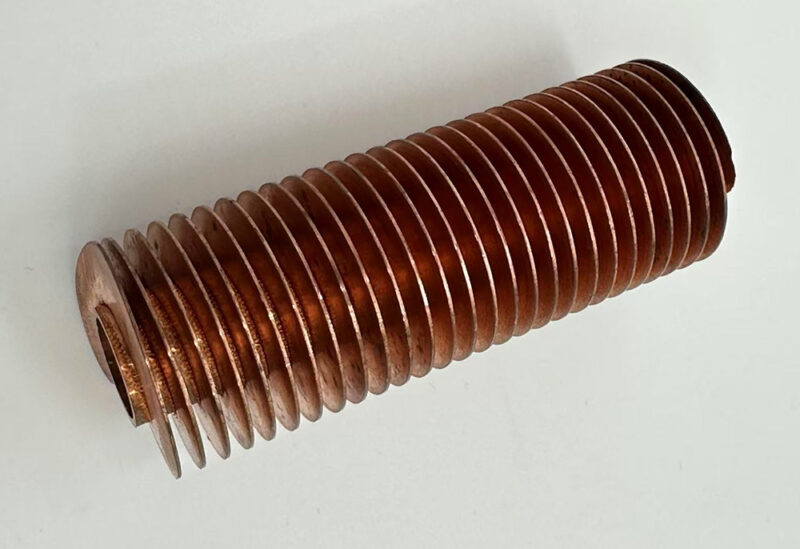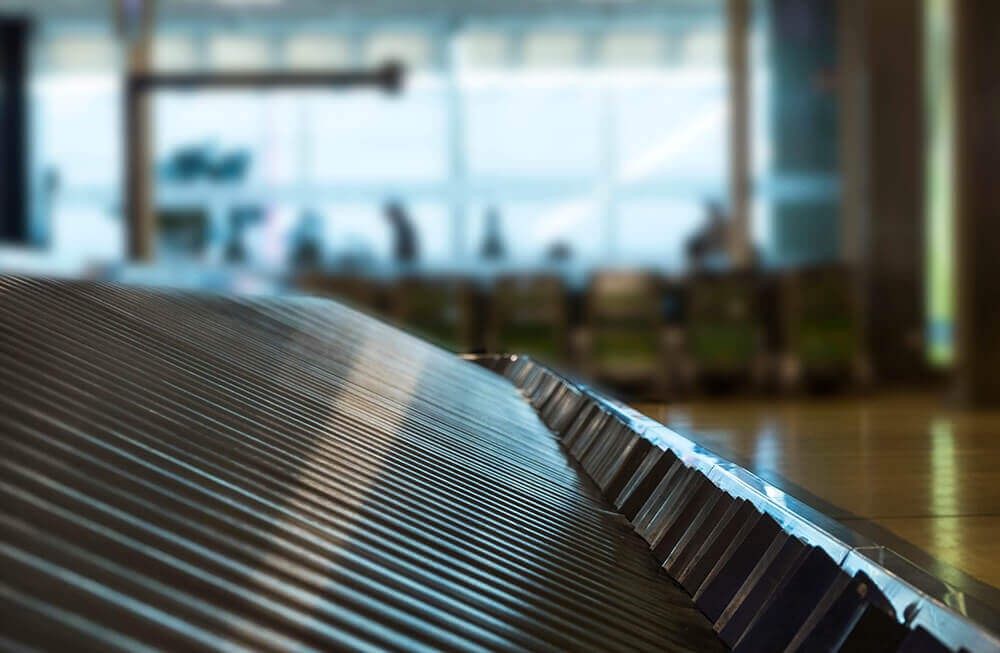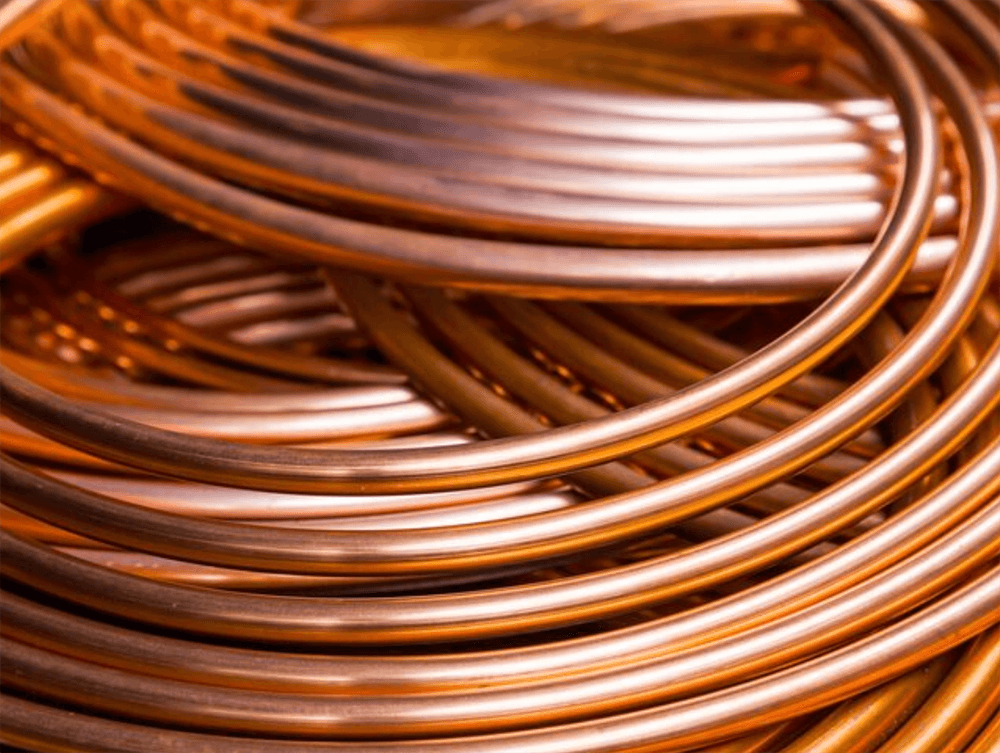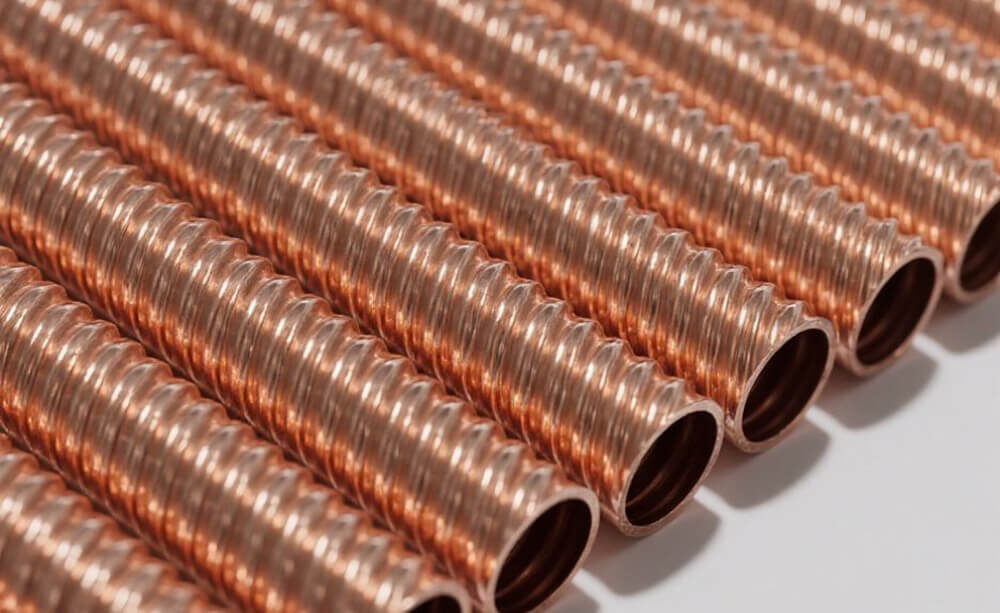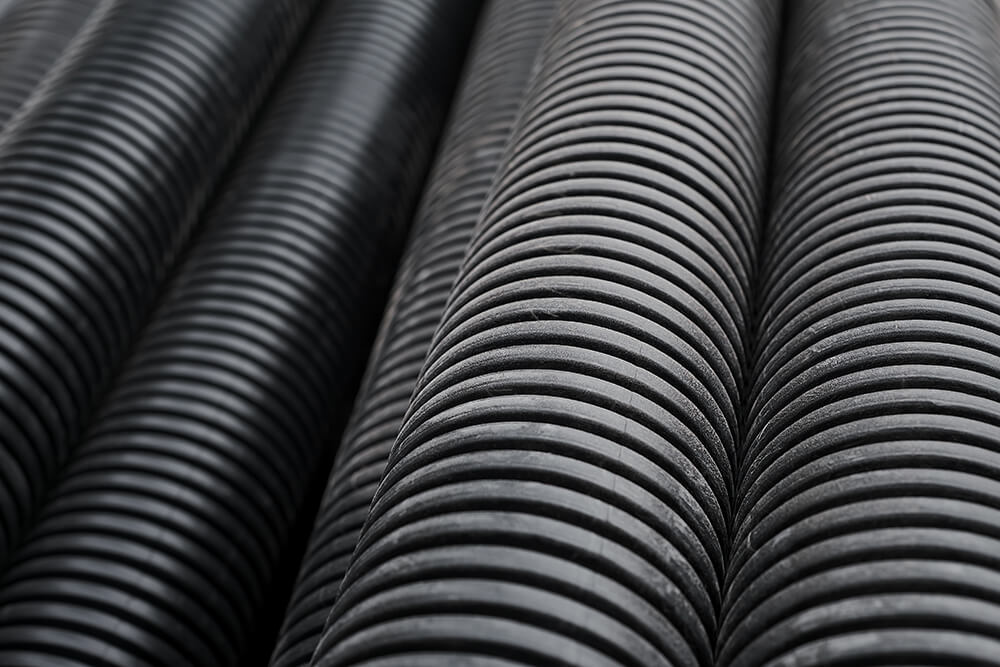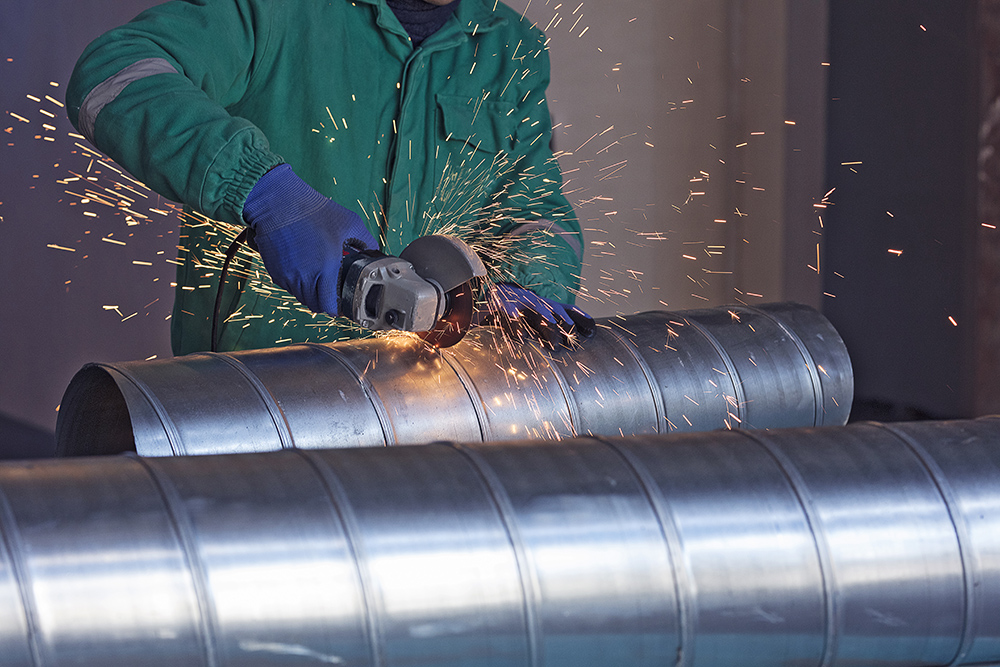Finned tubes play a vital role in enhancing the heat transfer process, particularly in systems like heat exchangers, air-cooled condensers, and evaporators. Their design allows for increased surface area, which improves the efficiency of thermal transfer between fluids and air. However, choosing the right type of finned tube for your system is not a one-size-fits-all decision. There are several critical factors to consider before making this choice to ensure you optimize performance, reduce costs, and extend the lifespan of your equipment. In this blog, we will delve into the key elements that influence the selection of finned tubes in heat exchanger applications and provide practical insights to guide your decision-making process.
Understanding Finned Tubes and Their Role
Finned tubes are essentially tubes with metal fins attached to their outer surface. The primary purpose of these fins is to increase the surface area for heat exchange between the fluid inside the tube and the surrounding air or other fluids. Finned tubes are typically found in applications where heat must be efficiently transferred from a fluid to the surrounding environment, such as in air-conditioning units, refrigeration systems, industrial cooling systems, and power plants.
The fins are usually made of aluminum or copper because of their excellent thermal conductivity. The tube material, commonly copper, stainless steel, or carbon steel, is chosen for its compatibility with the operating conditions of the system. Finned tubes come in various designs and configurations, including plate fins, helical fins, and welded fin types. The design you select will depend on the specific requirements of your system.
Key Factors to Consider When Choosing Finned Tubes
1. Heat Transfer Efficiency
The most important factor when choosing finned tubes is the heat transfer efficiency. The surface area provided by the fins increases the rate of heat exchange, but not all fin designs are created equal. The performance of finned tubes depends on how effectively the fins allow heat to be transferred from the fluid inside the tube to the surrounding environment.
- Fin Material: The material of the fins plays a crucial role in the heat transfer process. Copper and aluminum are the most common choices, but each has its advantages. Copper offers better heat conductivity but may be more expensive and prone to corrosion. Aluminum, on the other hand, is lightweight and resistant to corrosion, but its thermal conductivity is slightly lower than that of copper. Understanding your system’s thermal needs will help you select the best material.
- Fin Density: The number of fins per unit length (fin density) impacts the heat transfer rate. More fins generally provide a larger surface area, improving heat transfer. However, increased fin density can lead to higher air resistance, requiring more power to move air through the system. Balancing the number of fins with the required airflow is crucial for optimizing performance.
2. Airflow Resistance and Pressure Drop
Airflow resistance is another key factor to consider. Finned tubes function by transferring heat from the internal fluid to the air passing over the fins. The shape, size, and spacing of the fins determine how easily air can pass through the tube bundle. If the fins are too densely packed, the resistance to airflow increases, leading to a higher pressure drop.
This higher resistance can require more energy to move air through the system, negatively impacting efficiency. It is essential to optimize fin density and spacing to balance heat transfer and minimize pressure drop. Systems with higher airflow resistance may require larger or more powerful fans, increasing both operating costs and energy consumption.
3. Corrosion Resistance
Corrosion is one of the most common issues in heat exchanger systems, especially in harsh environments like coastal areas with high humidity or industries where corrosive fluids are used. Finned tubes are exposed to the environment, which makes them vulnerable to corrosion over time.
- Material Selection: Choosing the right material for the fins and tubes is crucial to prevent premature failure due to corrosion. Copper, while excellent for heat transfer, is more susceptible to corrosion, especially in salty or acidic environments. Stainless steel, although more resistant to corrosion, is often used in environments where durability is a concern, but it may not offer the same level of heat transfer efficiency as copper.
- Coatings and Treatments: In addition to selecting the right materials, protective coatings and treatments can extend the lifespan of finned tubes. Finishes like epoxy coatings, anodizing, or galvanization can help protect the fins from corrosion, particularly in extreme operating conditions.
4. Durability and Maintenance
Finned tubes are often subjected to harsh operating conditions, which can lead to wear and tear. The durability of the tubes is essential for ensuring the long-term performance of your system.
- Mechanical Strength: The tubes and fins must withstand mechanical stresses, such as vibration and thermal expansion, which can weaken the structure. Choosing tubes and fins with appropriate mechanical strength is essential to ensure reliable operation.
- Cleaning and Maintenance: Over time, dust, dirt, and other debris can accumulate on the fins, reducing heat transfer efficiency. Regular cleaning is essential for maintaining performance. Some fin designs, such as those with wider spacing or smoother surfaces, are easier to clean and maintain than others. Additionally, some materials and coatings are more resistant to fouling, reducing the need for frequent cleaning.
5. Cost-Effectiveness
While selecting finned tubes based on performance is crucial, it’s equally important to consider the overall cost-effectiveness of the system. The upfront cost of materials, along with the ongoing maintenance and energy consumption, can significantly impact the total cost of ownership. It’s essential to evaluate whether the benefits of a higher-performance finned tube design justify the additional cost or if a more economical option can achieve similar results for your specific needs.
6. Operating Environment
Finally, the operating environment plays a significant role in the type of finned tube design you choose. Consider the following aspects of the environment in which your system will operate:
- Temperature Range: Extreme temperatures can affect the performance of both the fins and tubes. Ensure that the selected materials are capable of withstanding the maximum and minimum temperatures expected during operation.
- Fluid Compatibility: The fluid flowing through the tubes may be corrosive, acidic, or contain particles that can damage the fins. It’s important to select tube and fin materials that are compatible with the fluid to prevent degradation of the system.
Conclusion: Choosing the Right Finned Tube for Your System
Selecting the appropriate finned tube for your heat exchanger system is a multi-faceted decision that requires careful consideration of heat transfer efficiency, airflow resistance, material durability, maintenance requirements, and cost-effectiveness. By understanding the specific needs of your system, the environment it will operate in, and the trade-offs between various design options, you can ensure that your finned tube heat exchanger performs optimally while maintaining long-term reliability.
In summary, when choosing finned tubes, it’s essential to balance efficiency, material properties, and system requirements to optimize performance while managing costs and maintenance. Always consider the environmental conditions, expected lifespan, and energy consumption to ensure you get the most out of your heat exchanger system.

